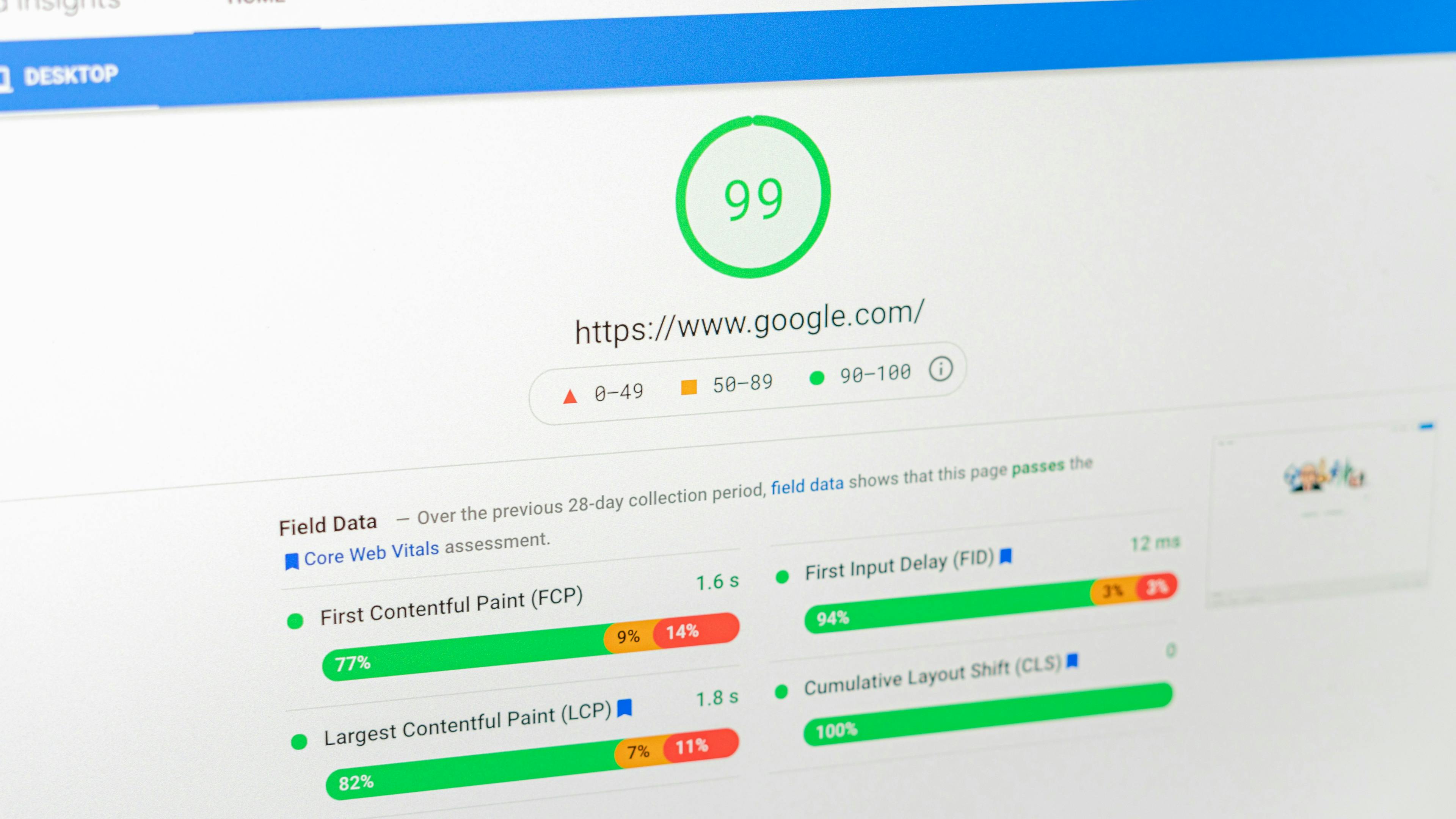What is Supply Path Optimization?
This blog explores the growing importance of Supply Path Optimization (SPO) in the complex world of programmatic advertising, where efficiency and transparency are critical. Learn how SPO helps streamline ad transactions to deliver faster, more cost-effective, and data-driven results for both advertisers and publishers.

In the world of programmatic advertising, efficiency and transparency are more important than ever. The demand for better advertising performance and clearer data has led to the evolution of Supply Path Optimization (SPO). As ad tech continues to grow in complexity, SPO has emerged as a key tool for maximizing efficiency in the digital supply chain. But what exactly does SPO mean, and why is it so important for both publishers and advertisers?
Simply put, Supply Path Optimization is the process of selecting the most efficient route for programmatic ad transactions. In the vast and often fragmented ecosystem of digital advertising, there are multiple players and pathways through which an ad can be served. SPO focuses on narrowing these paths to ensure that both advertisers and publishers benefit from faster, more cost-effective, and more transparent transactions.
With programmatic advertising driving a significant portion of digital advertising spend, understanding SPO has become crucial for those in the ad tech space. In this blog, we will delve deeper into the concept of SPO, its impact on the industry, and the steps that publishers and advertisers can take to optimize their supply paths.
How Does SPO Work?
To understand how SPO works, we need to first explore the programmatic advertising ecosystem. In simple terms, when an advertiser wants to place an ad, there is a complex chain of systems that work behind the scenes to ensure that the ad reaches the right user at the right time. This chain involves demand-side platforms (DSPs), supply-side platforms (SSPs), exchanges, and publishers.
Traditionally, programmatic advertising involves multiple intermediaries between the advertiser and the publisher. Each intermediary typically adds a markup to the cost of the ad, which can increase the overall cost for advertisers and reduce revenue for publishers. This lack of transparency often results in inefficiency and wasted spend.
Supply Path Optimization aims to simplify this process. Through SPO, both publishers and advertisers work to reduce the number of intermediaries in the supply chain. By optimizing the supply paths, advertisers can choose the most cost-effective and transparent route for their ad campaigns, while publishers can ensure they are getting the best possible revenue for their inventory.
Here's how SPO works in practice:
- Identification of Paths: The first step in SPO is identifying the various supply paths available for serving ads. Each path represents a unique combination of platforms and intermediaries.
- Analysis: Once the supply paths are identified, the next step is to analyze their performance. Factors like cost, transparency, and efficiency are considered.
- Optimization: Using data-driven insights, advertisers and publishers can select the most effective supply paths. This reduces the cost per impression and increases ad revenue.
- Ongoing Monitoring: SPO is not a one-time process. It requires ongoing monitoring and optimization to ensure that the supply paths remain efficient as the programmatic landscape evolves.
The Importance of SPO in Programmatic Advertising
SPO has become a game-changer for programmatic advertising, bringing significant benefits to both publishers and advertisers. As the industry continues to evolve, the importance of SPO has grown exponentially. Here are a few reasons why SPO is critical in the world of programmatic advertising:
- Efficiency and Cost Savings: In programmatic advertising, more intermediaries typically mean higher costs. Each intermediary adds its own markup, which results in inefficiencies. By reducing the number of intermediaries, SPO helps eliminate unnecessary costs, allowing advertisers to get more value for their ad spend. Publishers, on the other hand, benefit from higher revenues as they avoid losing a percentage of their income to unnecessary middlemen.
- Better Ad Performance: By optimizing supply paths, SPO ensures that ads are served more efficiently. With fewer intermediaries and a more direct route to the publisher’s inventory, ads are delivered faster, which leads to better performance. For advertisers, this means higher viewability rates, increased engagement, and improved ROI on their campaigns. Publishers benefit from this increased performance by ensuring their inventory is maximized.
- Increased Control: With SPO, both publishers and advertisers gain more control over their ad transactions. For publishers, this means having a better understanding of how their inventory is being sold and the ability to choose which buyers to work with. For advertisers, SPO offers more control over the supply chain, enabling them to pick the most cost-effective routes for their campaigns.
Benefits for Publishers and Advertisers
Supply Path Optimization offers significant benefits for both publishers and advertisers. Let’s take a closer look at how each party benefits from SPO.
Benefits for Publishers
- Higher Revenue: By reducing the number of intermediaries, publishers can maximize their ad revenue. With SPO, publishers ensure that they receive a larger portion of the ad spend, rather than losing a percentage to unnecessary middlemen.
- Improved Efficiency: With fewer supply paths to manage, publishers can focus on high-performing routes and optimize their inventory more effectively. This leads to increased efficiency and reduced operational complexity.
- Greater Control Over Demand Sources: SPO enables publishers to take a more active role in shaping how their inventory is accessed and sold. By streamlining the number of supply paths, publishers can prioritize high-quality demand partners and enforce stricter rules around how their inventory is represented in the ecosystem. This strategic control helps improve yield quality and ensures better alignment with business goals.
Benefits for Advertisers
- Cost Savings: Advertisers benefit from reduced costs as SPO minimizes the number of intermediaries involved. By selecting the most efficient supply paths, advertisers can reduce the cost per impression and achieve better ROI on their campaigns.
- Improved Performance: SPO helps advertisers choose the most effective supply paths, resulting in better ad performance. Ads are served faster, with fewer delays, leading to higher viewability and engagement rates.
- Increased Control: With SPO, advertisers have more control over the supply chain. They can choose the best routes for their campaigns, ensuring that their ads reach the right audience at the right time.
Challenges of SPO
While SPO offers significant benefits, there are also challenges that need to be addressed. Some of the key challenges include:
- Complexity: Implementing SPO can be complex, especially for publishers and advertisers who are new to programmatic advertising. Identifying and analyzing supply paths can be time-consuming and require expertise.
- Data Quality: SPO relies heavily on data to make optimization decisions. Poor-quality data can lead to inaccurate decisions and suboptimal results.
- Integration: Integrating SPO solutions with existing platforms and technologies can be challenging. It requires collaboration between multiple stakeholders, including SSPs, DSPs, and publishers.
The Future of SPO and Aditude’s Vision
Aditude is actively working towards integrating Supply Path Optimization (SPO) into its solutions, focusing on automation, AI, and privacy-first approaches to improve efficiency and transparency for both publishers and advertisers.
- Automation for Real-Time Optimizations: Aditude plans to incorporate AI and machine learning for real-time supply path adjustments, reducing manual intervention and increasing efficiency for publishers and advertisers.
- AI-Driven Insights: We are working on integrating AI-driven analytics to predict optimal supply paths, improving ad performance and revenue for both sides.
- Privacy Integration: As privacy regulations grow, Aditude is prioritizing privacy-first solutions to ensure compliance while optimizing supply paths.
- Expanding Partnerships: Aditude aims to expand partnerships with top SSPs to offer better inventory access and improve bidding efficiency for publishers and advertisers.
- Collaborative Ecosystem: We’re focused on fostering collaboration across the programmatic ecosystem, encouraging data-sharing to improve supply chain efficiency.
- Emerging Technologies: Aditude is exploring emerging technologies like blockchain, 5G, and IoT to enhance SPO and provide better solutions for publishers and advertisers.
In summary, while Aditude is still developing its approach to SPO, we are committed to building solutions that offer publishers more control, transparency, and better monetization opportunities in the future.
Conclusion
In conclusion, Supply Path Optimization (SPO) is a critical element of programmatic advertising that allows publishers and advertisers to optimize their supply chains, reduce costs, and improve transparency. By focusing on SPO, both parties can enjoy better ad performance, higher revenue, and increased control over their ad transactions. As ad tech continues to evolve, SPO will play an even more prominent role in shaping the future of digital advertising.
Aditude remains committed to continuously enhancing its SPO capabilities, helping publishers and advertisers maximize their ad performance while navigating the complexities of the programmatic landscape. With automation, AI-driven analytics, and privacy integration on the horizon, the future of SPO is set to become more efficient, transparent, and data-driven than ever before. Contact Aditude to learn more.




